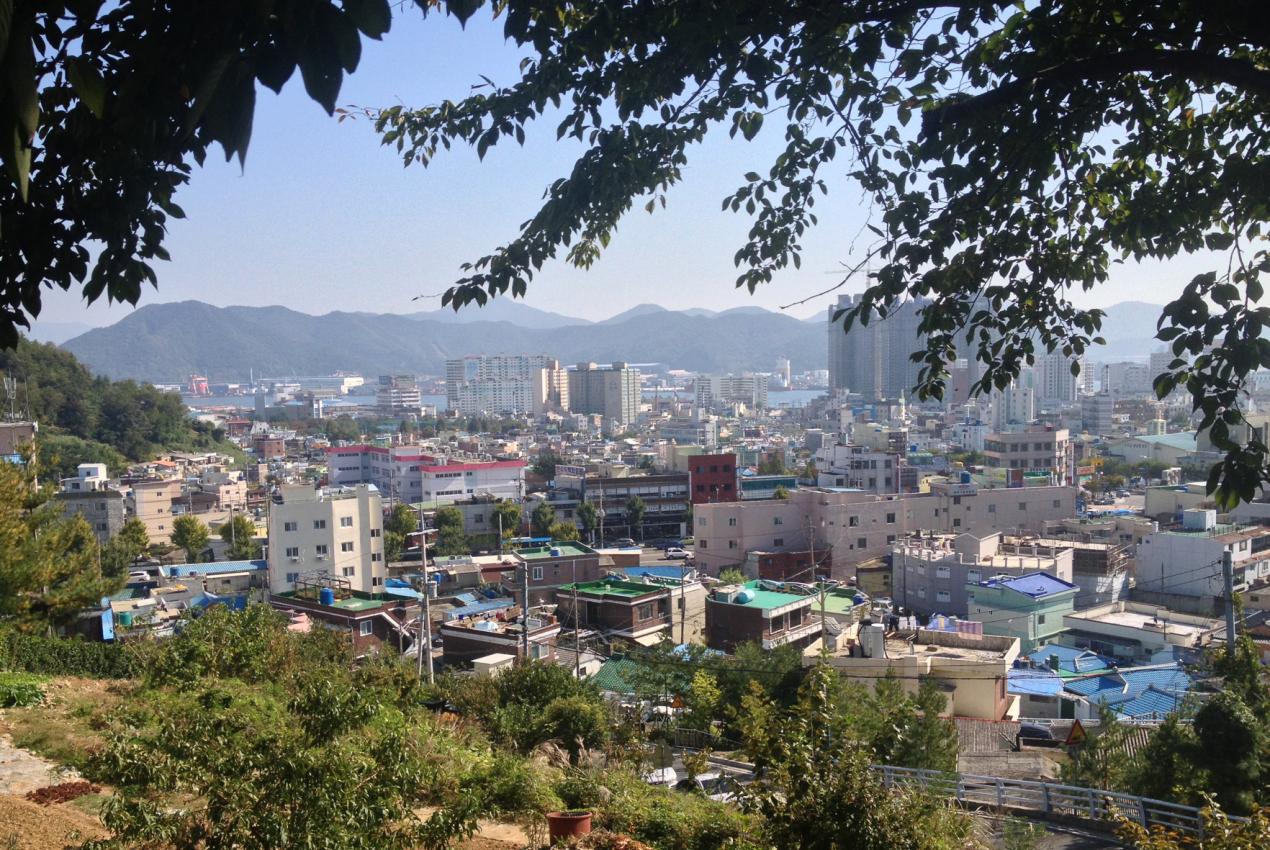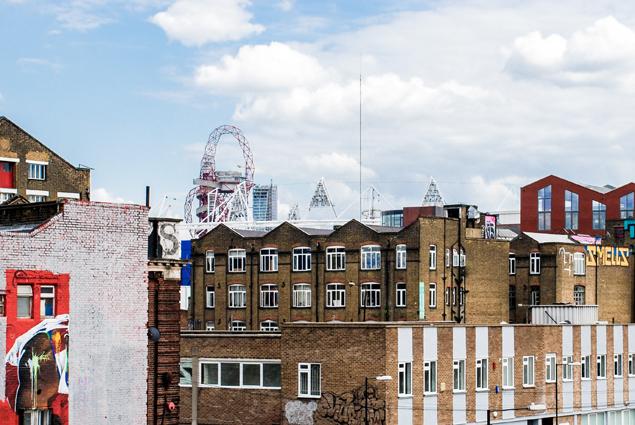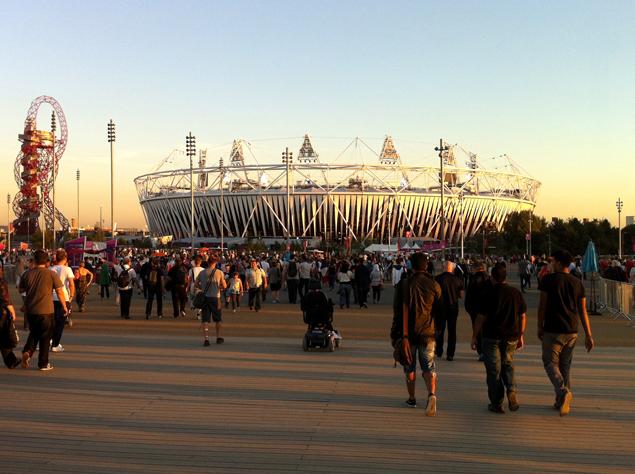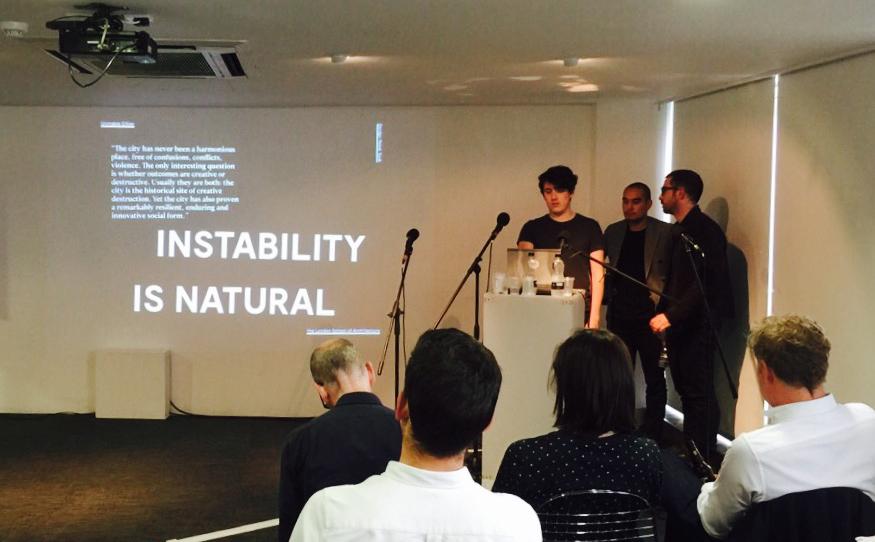On Thursday 16 June at the Design Museum, this year’s final Show & Tell unveiled the work of five Design Think Tanks, all of which offered daring new proposals for London. The Unstable City Think Tank led by Marko&Placemakers and Grimshaw recalibrated Rotherhithe to benefit from new organisations of economic, political, social and environmental instability.
urban transformation

Berlin Imaginarium - Urban Transformation Through Storytelling
“The stories that we tell matter because they indicate how we see the world, and whether we believe we have the power and capacity to shape it for the better.” (The Dreaming City and the Power of Mass Imagination)

Changwon Diary
I was recently invited to visit the city of Changwon, South Korea, to give a keynote lecture about the role of placemaking at the annual Eco-city Conference. During my short stay I had the opportunity to discuss the vision for Changwon through experiencing the city’s past and present urban development and discussions with the Mayor, his advisory team, architects and planners, centred around the city’s future ambition as a truly sustainable place to live in, work in and visit. I have also witnessed the efforts on ground, through walking around old and new parts of Changwon and talking to the local residents, clearly indicating that the ambition for the city is not merely a written policy, but is being successfully implemented.

Hidden Lungs of the City
The human civilisation is becoming ever more urban. With the growing densification in our cities, open, green spaces are put under pressure. As a person living and commuting between the Austrian and Slovak capital, I see the increasing number of built, non-permeable surfaces (such as asphalt and concrete) increase. Occasional and sudden events such as overflowing streets of Vienna after a heavy rain or snow melting down, an overheated square in central Bratislava during the summer period are a result of continuous, reckless paving of our cities. This is not climate change. This is visionless urban planning.

Hackney Wick - From Fringe to Centre (Part 2)
I have taken the opportunity to revisit Hackney Wick after the Olympic Games (read about my previous ventures in the area in part 1 of this blog), through tutoring the Urban Transcripts workshop. The interdisciplinary workshop under the umbrella topic London the (n)ever Changing City was alluding to the nature of London as a juxtaposition of the old and new, and came very timely as the public eye shifted from the success of Team GB to the legacy of the Games. In collaboration with my guest tutor Joanne Pouzenc we decided to focus on Hackney Wick and its transformation From Fringe to Centre. We wanted to investigate whether it is possible to integrate the unique and until now relatively protected existing community with a completely new part of the city with a fundamentally different character, without losing some of the diversity and richness that Hackney Wick has developed in the last decade.

Hackney Wick - From Fringe to Centre (Part 1)
For me, London 2012 Olympics have been an opportunity to study the process of city transformation in real time and place: not far away from where I had moved almost 8 years ago, the London Olympic Park started shaping up. In 2005, London emerged as the unexpected winning bidder for the 2012 Games, overtaking Paris in the last round with an aspiration and promise to create first truly sustainable Olympics, not only in terms of sporting legacy, but in terms of regenerating east London’s Lower Lea Valley. An area with vast zones of deprivation, the Olympics presented a once in a lifetime opportunity for the centre of London to be expanded towards the east with investment into the Games trickling to the neighbouring communities.

